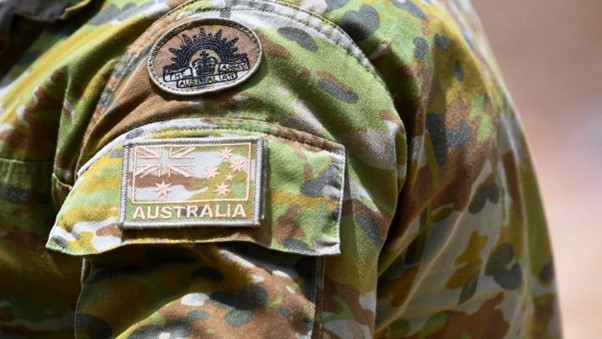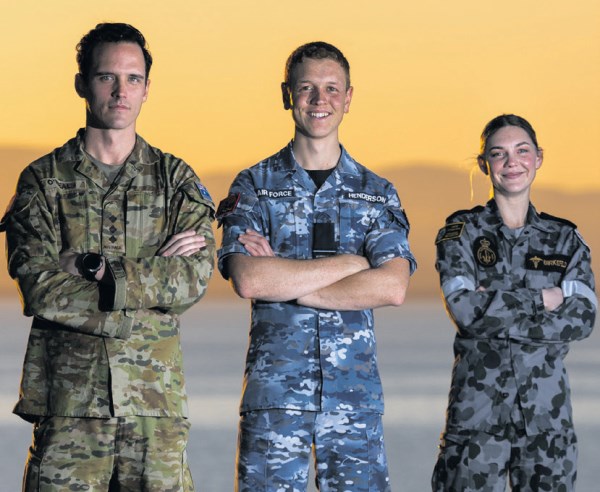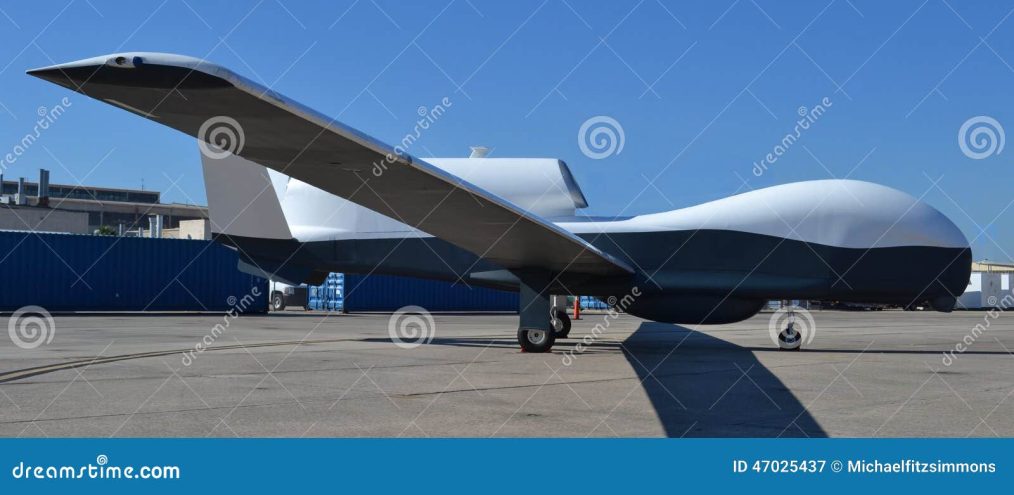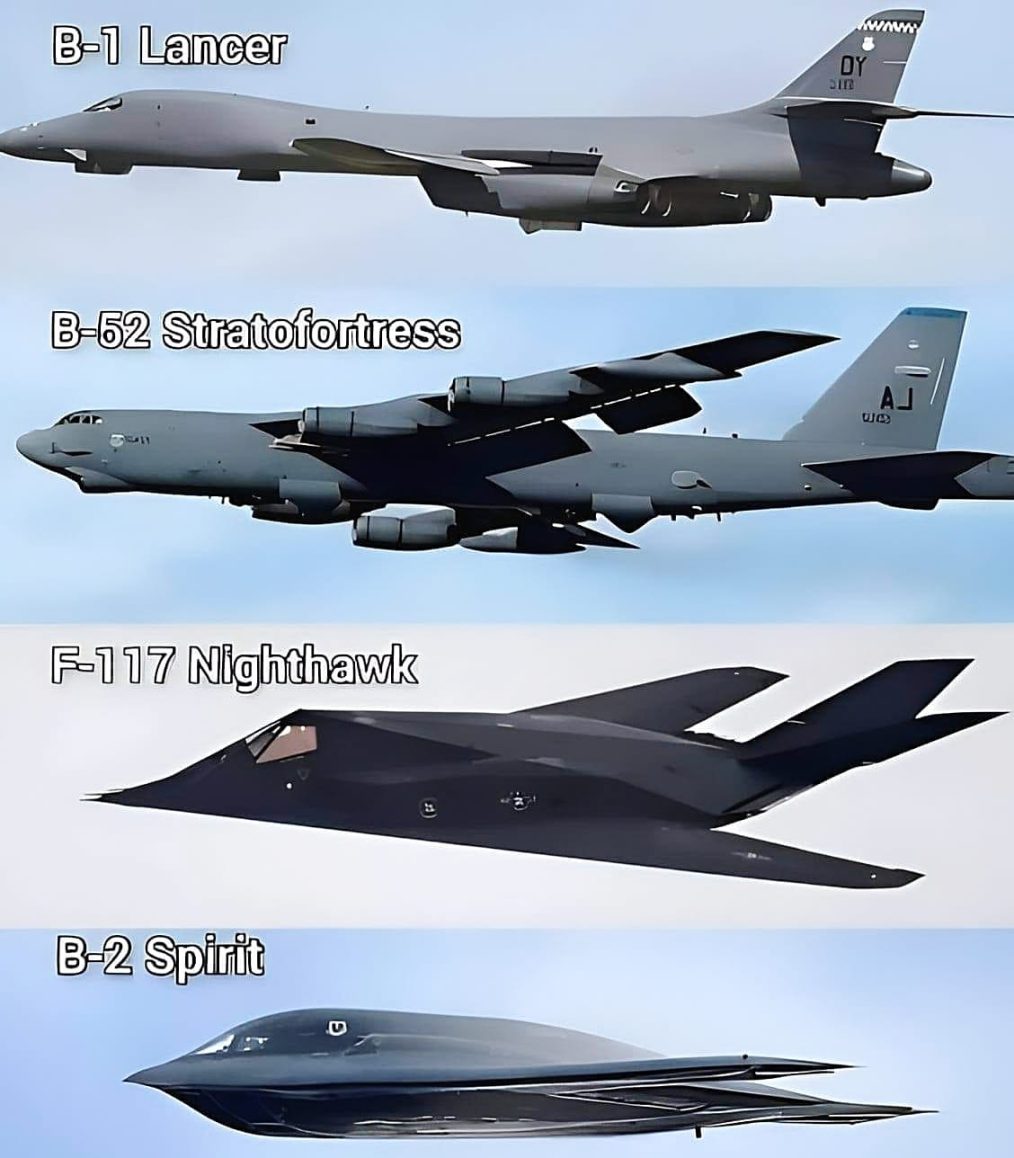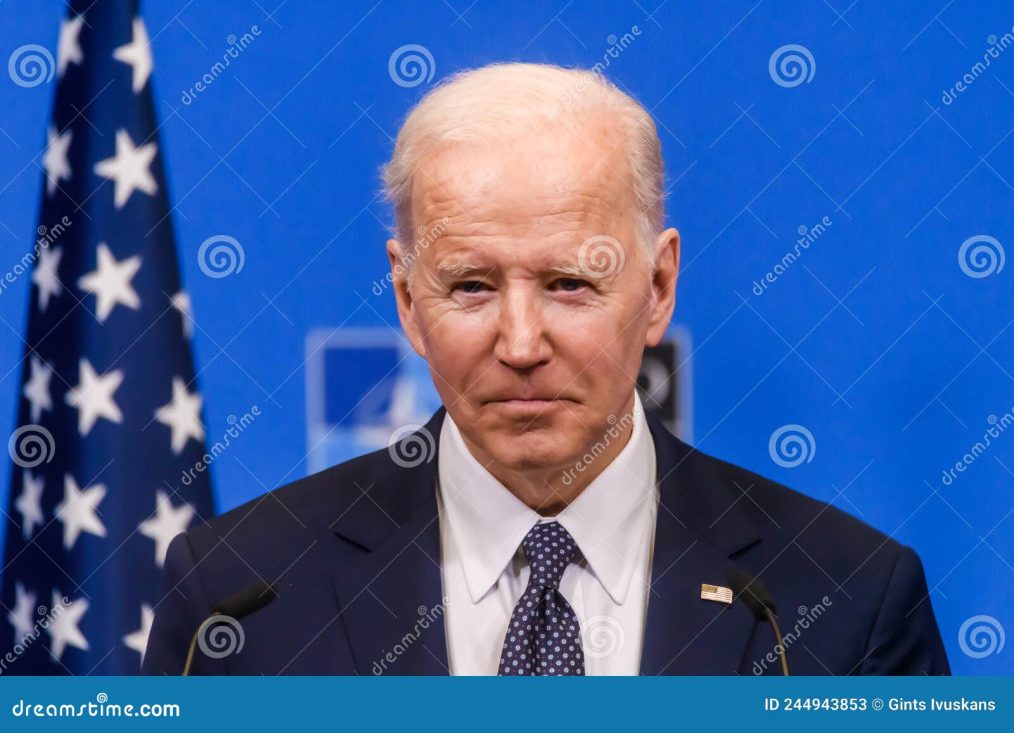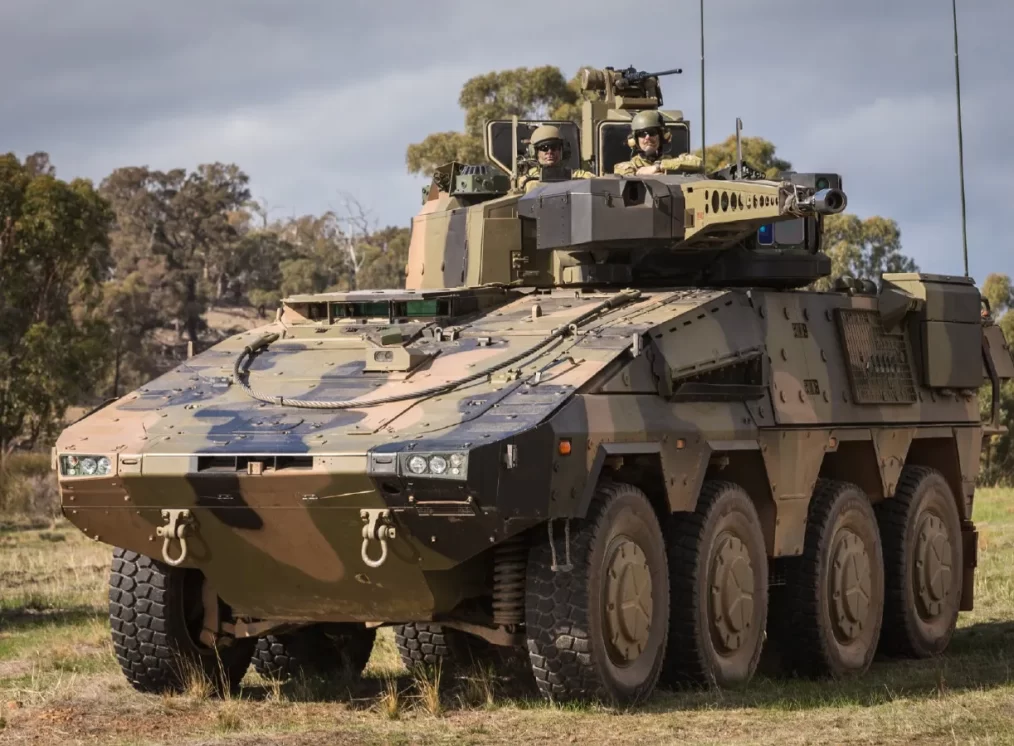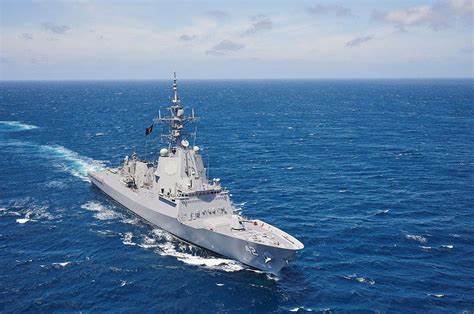Former Australian SAS soldier Oliver Jordan Schulz, 43, stands accused of war crimes for allegedly killing an Afghan farmer in 2012. Schulz is charged with shooting Dad Mohammad three times in a wheat field in Afghanistan’s Uruzgan province while the 25- or 26-year-old man lay on his back.
During a local court hearing at Sydney’s Downing Centre on Tuesday, prosecutors announced plans to file an application for witnesses to be called during the case’s committal stage. These proceedings, held before a local court magistrate, determine if there is sufficient evidence for the case to advance to a higher court trial.
A five-day hearing has been scheduled for April 2025, marking over two years since Schulz’s arrest in March 2023. Schulz’s Perth-based lawyer, Karen Espiner, stated via video link that she has yet to learn the identities of the proposed witnesses, but there could be up to 10.
Barrister Philip Strickland SC, representing commonwealth prosecutors, emphasized the urgency of the committal application, given the lengthy duration of the case in the lower court. “We are very concerned … it’s been in this court for a long time,” he remarked. “Whatever is quickest is what we’ll do.”
Schulz was apprehended in March 2023 following a complaint from the alleged victim’s father to the Australian Defence Force. He was released on bail a week later after a magistrate determined he faced a high risk of Taliban attack if kept in custody. Schulz is the first former or serving Australian Defence Force member to be charged with a war crime-related murder.

